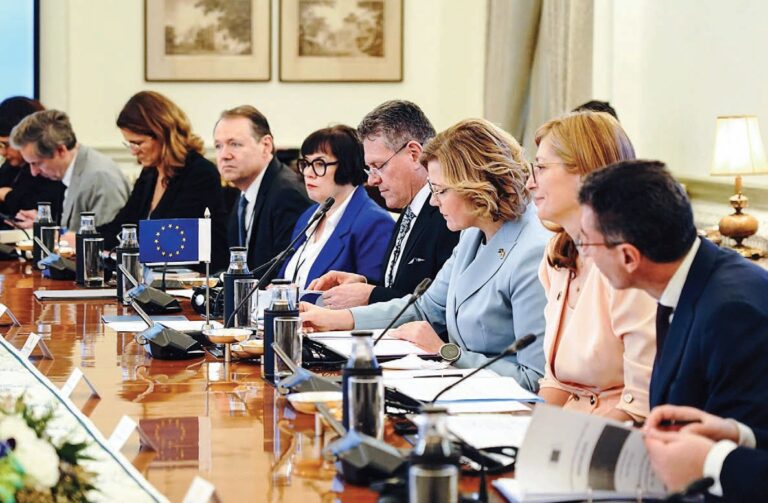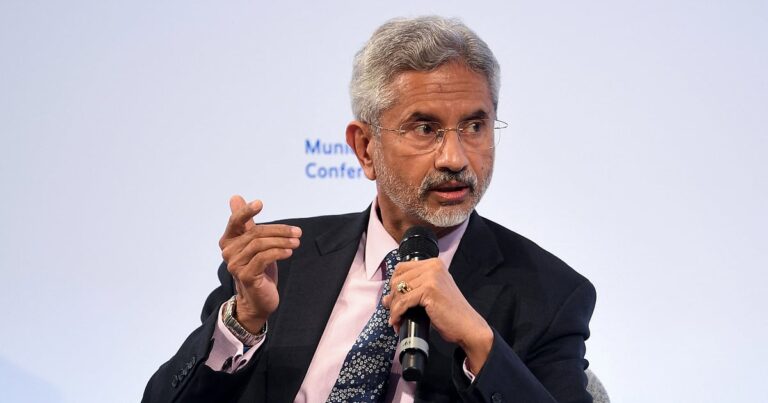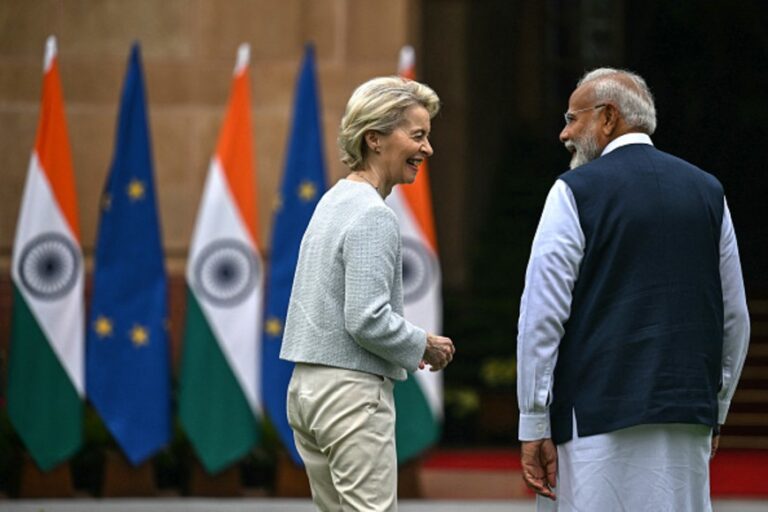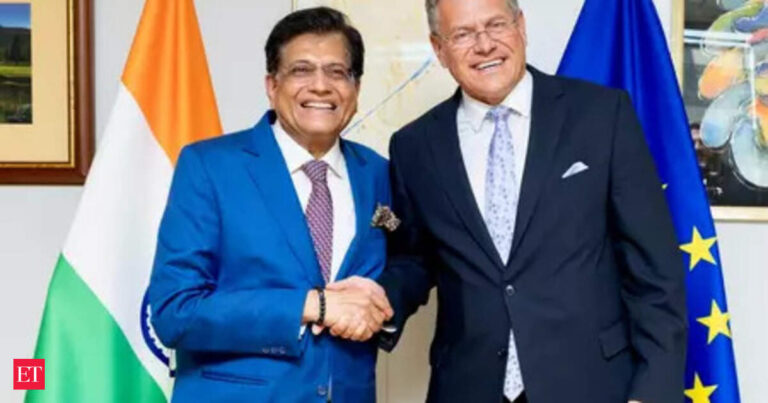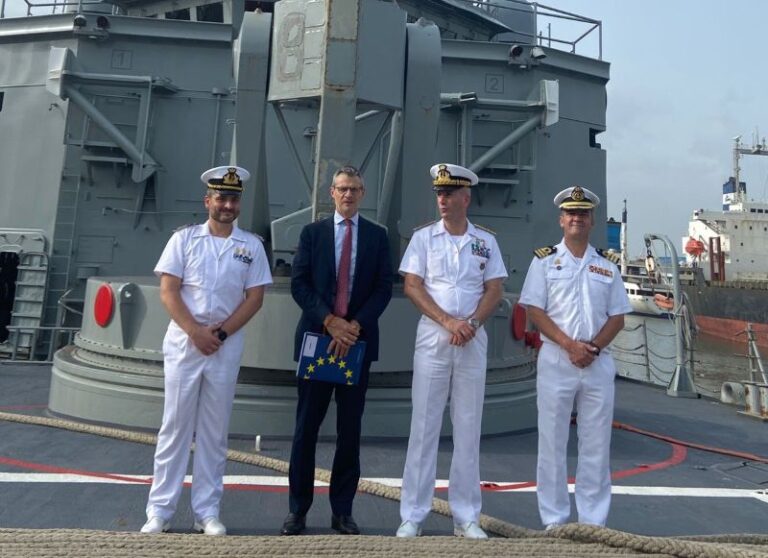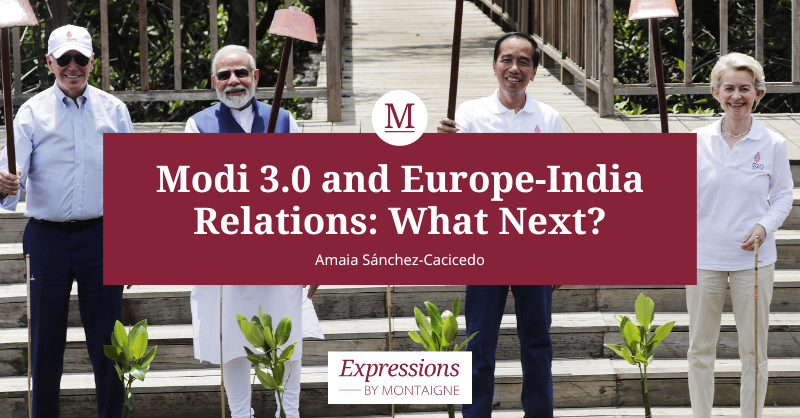
First of all, New Delhi considers Moscow as a counterweight in China. Therefore, India’s interest in keeping Russia on its side amid ongoing border tensions with China remains a matter of concern. priority on its partnerships with Western countries. The EU and India clearly differ on this point, even if potential consolidation The idea of a Russian-Chinese alliance is a source of concern for both countries. However, what is seen as India’s partisan stance towards Russia’s war in Ukraine has so far had little impact on EU policy towards New Delhi.
Secondly, India has a clear geoeconomic interest in Russian raw materials and exports. New Delhi benefited massively from lower-cost oil imports thanks to 66% growth in trade during the same period. Shows 2023. So far, both countries have managed to circumvent European sanctions against Russia. However, in order to maintain this, India must develop a sustainable payment mechanism for its Russian oil beyond the Indian rupee, which avoids conversion to US dollars.. There is an overall trade imbalance between the two countries, benefiting Russia, although Indian exports to Russia are low. croissant. Russian percentages of arms exports to India decreased although they remained the top destination for Russian arms between 2019 and 2023, followed by China.
Third, New Delhi is also working to expand its connectivity initiatives and the narratives surrounding them.. India views Russia’s access to the North Sea trade route via the Arctic as a key asset, particularly to diversify its trade routes. He also acknowledges that the International North-South Transportation Corridor (INSTC) could stagnate further under a hawkish, anti-Iranian U.S. administration led by Trump. The Chennai-Vladivostok sea route therefore constitutes a welcome alternative, especially as it allows growing Indian investments in Russian Far East. Agriculture, mining, labour, energy (including nuclear), biotechnology and shipping were part of the discussions at the India-Russia summit. Indo-Russian joint ventures in South Asia and Southeast Asia are also underway. risingas shown by the cases of nuclear power plants in Bangladesh or the joint production and export of missiles to Vietnam and the Philippines.
Finally, The Indo-Pacific region is of growing geostrategic interest for Moscow to offset its confrontation with Western powers following the Russian invasion of Ukraine. For a time, Moscow viewed the Indo-Pacific concept as a strategy of security containment directed against China and as an effort to promote a two-block system in Asia. In fact, its initial interest in the Indian Ocean was mainly linked to its intervention in Syria and securing its presence in the Red Sea. After the outbreak of war in Ukraine, guarantee Russia ship navigation safety across the Indian Ocean has become imperative for its economy and to feed its population. To this end, closer maritime engagement with India has become instrumental.
Moving forward: the relevance of European partners for India?
It is likely that Modi’s government will seek to maintain active engagement with its European partners, as during its previous term.: Modi’s participation in the G7 summit held in Italy earlier this year is an illustration of this. Europe, and increasingly the EU as an actor in itself, fits well into the Indian establishment’s multipolar worldview.. New Delhi is keen to retain its strategic autonomy and has become very adept at balancing its plurilateral partnerships through minilateral and thematic agreements. It’s no different vis à vis its main European partners, namely France, Germany and the Nordic countries. Some central and southern European countries (such as Poland and the Czech Republic or Italy and Greece, respectively) are also moving up the priority list as nationalities of European special guests participating in recent editions of the mega show. Indian stature Raisina Dialogue.
